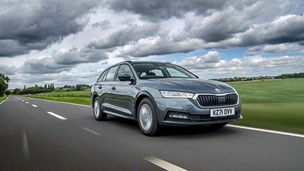If you’re interested in buying a new convertible car than you’re not the only here in Britain. That’s because whatever the time of the year is, you can always rely on the weather to be unreliable, and yet many motorists in Britain have a special place in their heart for convertibles.
Perhaps before you spend money on a new convertible, however, you want to spruce up your knowledge on what to expect from having a convertible. After all, although all convertible offer the same main feature - a folding roof that can offer wind in your hair motoring when desired – there are different designs for a convertible roof.
Some convertible roofs involve switches, while others are non-electric and require more physical action.
Here we summarise the different types of convertible roofs you can get with new cars today and what you need to know about how they function.
You can also check out our previous guide about the terms convertible, cabriolet and roadster, which discusses how much (or rather, how little) difference there is between these things.
Hardtops and soft-tops
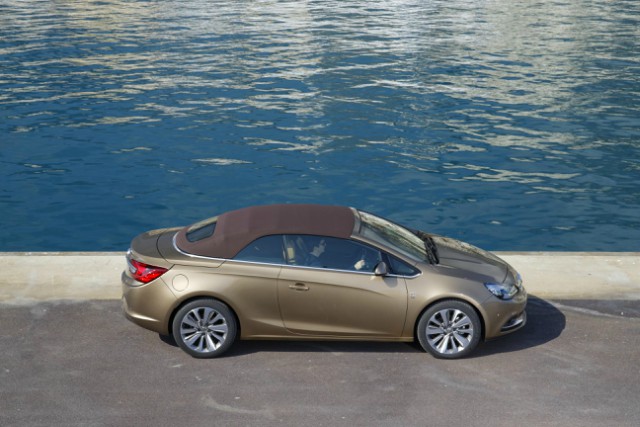
As you may know already, convertible car roofs can be made from different materials.
Various mechanics and metals are always involved to some extent but the main cover may be made from either a soft-touch fabric or hard plastic and metal materials. With the former the car is commonly known as a soft-top convertible, while with the latter they are often described as a hardtop convertible.
Whether a convertible is a soft-top or hardtop, there are more than one ways the roof may be deployed or opened.
Hand-operated manual roofs
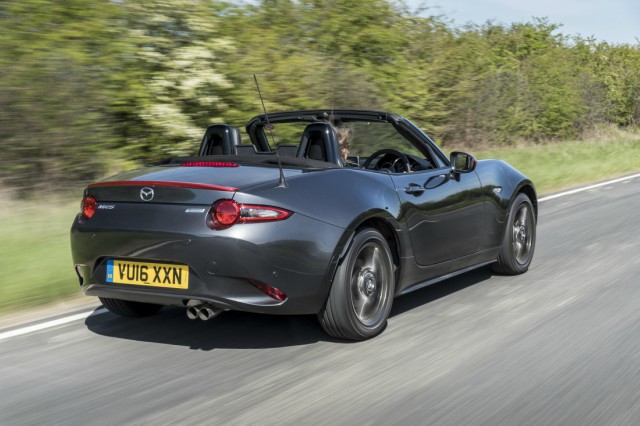
Some convertible car roofs sport various clips and handles which passengers must use with their hands to deploy it or put it away.
The latest Mazda MX-5 and the Fiat 124 Spider (plus the Abarth 124 Spider) are current examples of convertibles with this type of roof.
Electric roofs
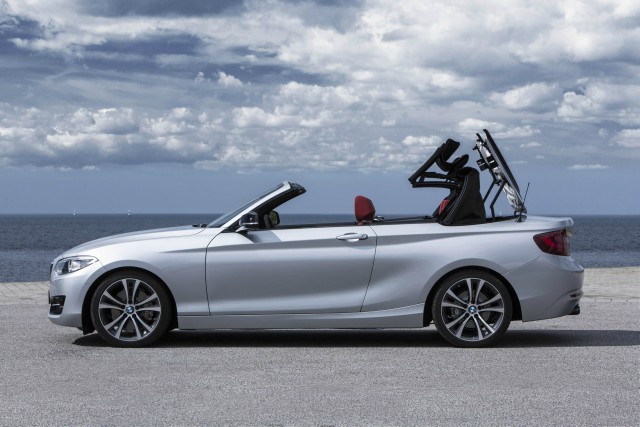
Many convertibles can put away or deploy their roof using electrically-powered mechanisms which the driver can control with a switch usually somewhere around the centre console.
How long the roof takes to put away or deploy its roof and at what speeds this function works up to varies from car to car. But usually you’ll have to be travelling at below 30mph if you want to move the roof on the go.
It may take longer than a roof utilised by hand but it’s a less physically demanding process and is popularly used for premium cars and various non-premium cars too.
Targa
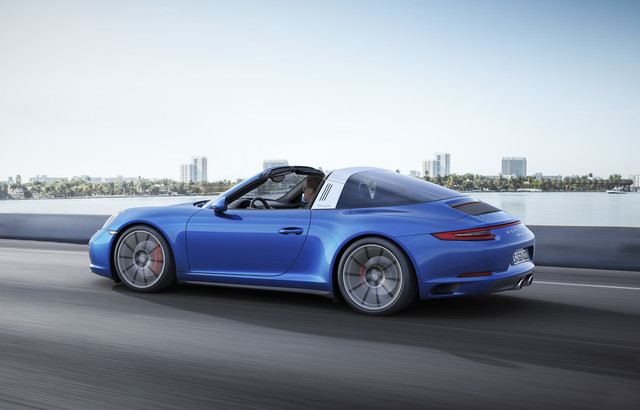
Key design differences which separate Targa cars from other types of convertible can include the use of a fixed rear window and a line of metal which is permanently linked between the front and rear windows.
Targa cars also typically require the roof to be removed by hand and will comprise of one or two removable pieces. If the Targa car needs to have its roof pieces physically removed for topless driving, then the piece(s) will likely be stored in a rear compartment of the vehicle.




